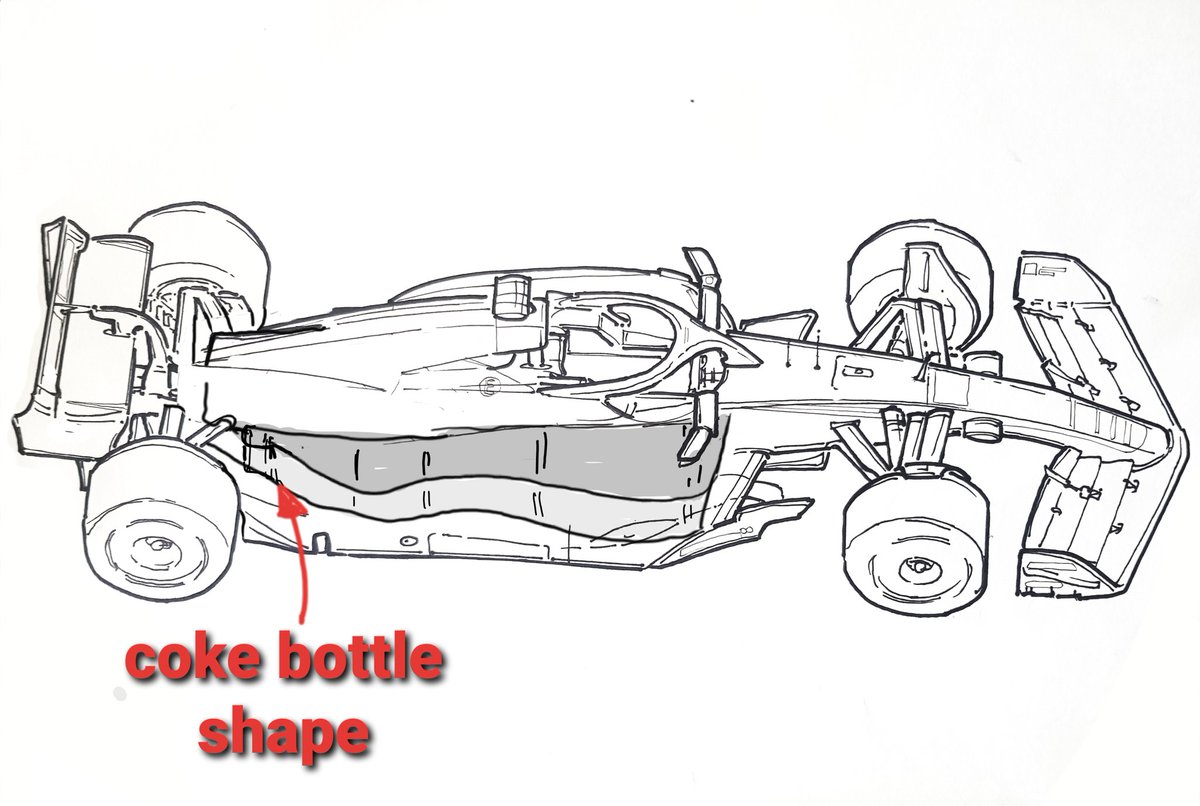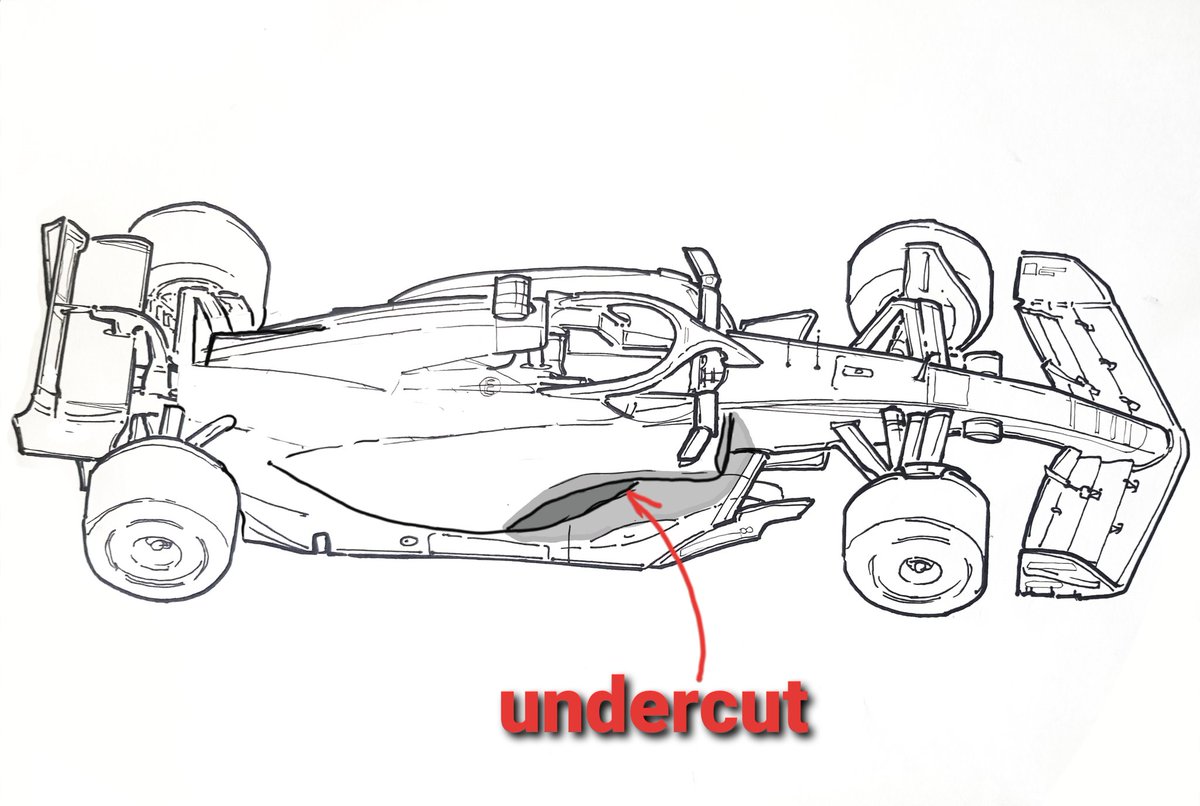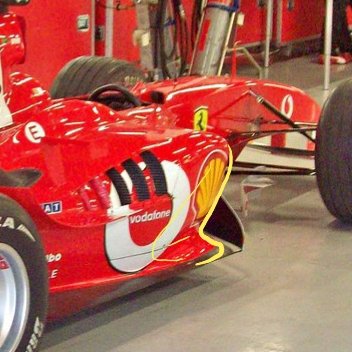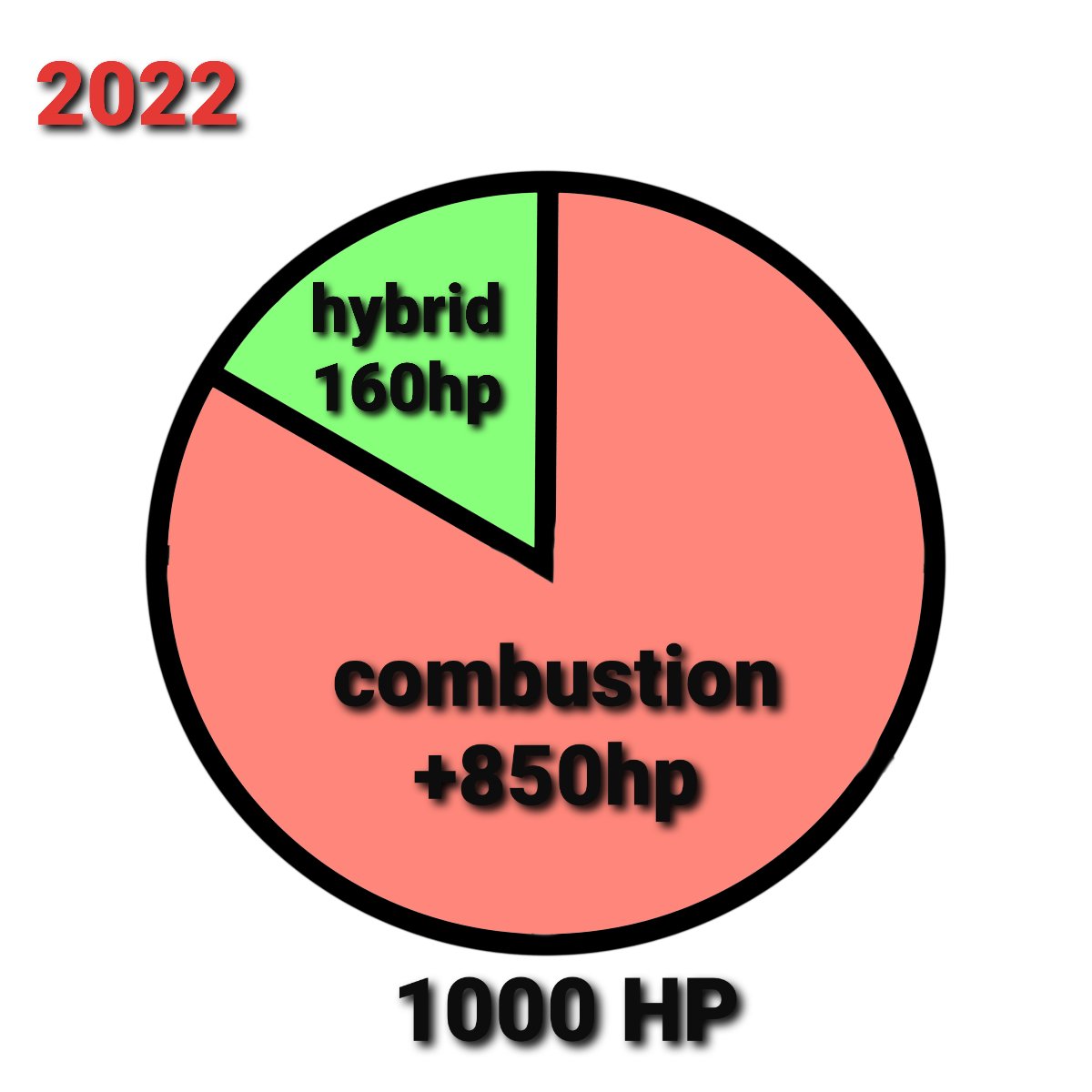
I had to draw the @WilliamsRacing #FW45, such nice lines and livery. It's much more conventional this year, which is probably a good idea.
#F1 #f1tech #F12023
#F1 #f1tech #F12023

The sidepods are a mix of a downwash waterslide ontop, combined with a ridged shoulder and deep front undercut.
This seems to tick every design option and meet all of the aero functions
#F1 #f1tech #F12023
This seems to tick every design option and meet all of the aero functions
#F1 #f1tech #F12023

While floor appears to be simple, but is a work in progress. With obvious panel lines to allow new bits to be bonded in.
#F1 #f1tech #F12023
#F1 #f1tech #F12023

Cooling still relies a lot on centreline cooling, similar to last seasons updated car.
#F1 #f1tech #F12023
#F1 #f1tech #F12023

• • •
Missing some Tweet in this thread? You can try to
force a refresh



































